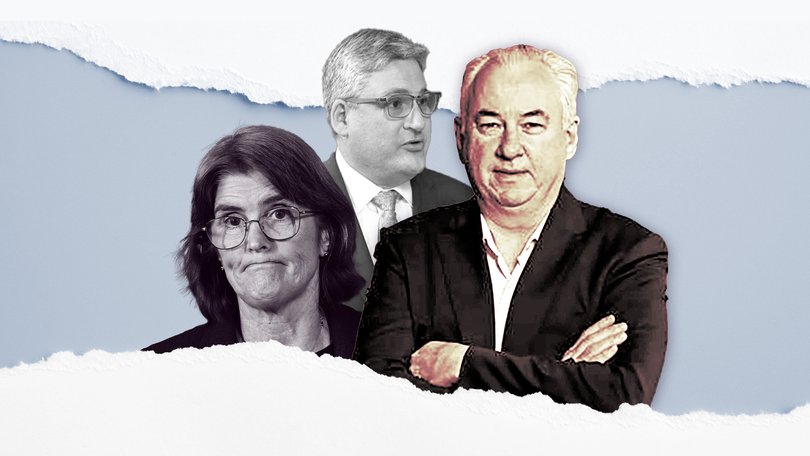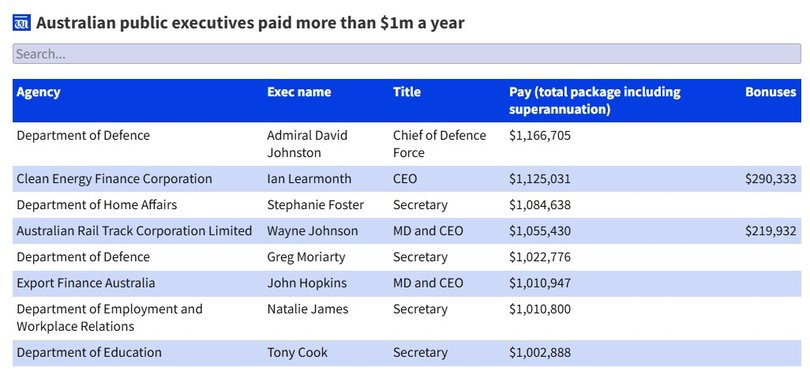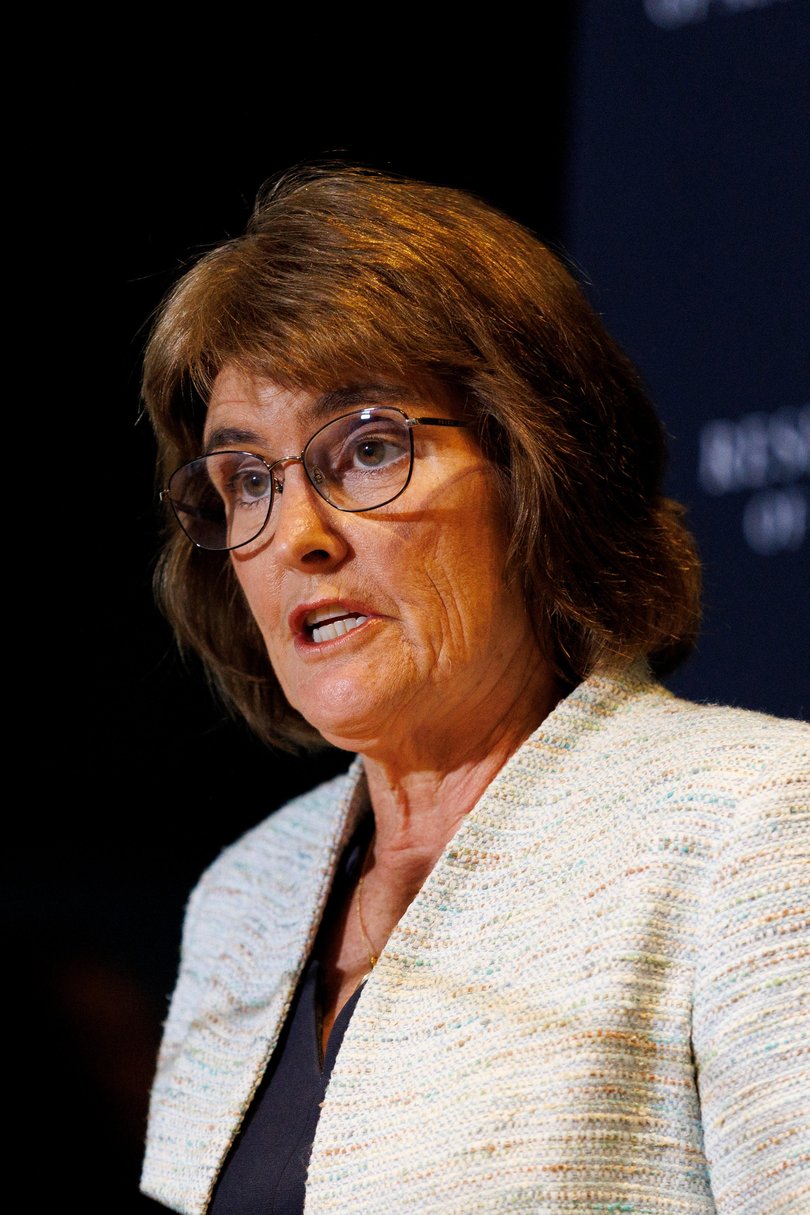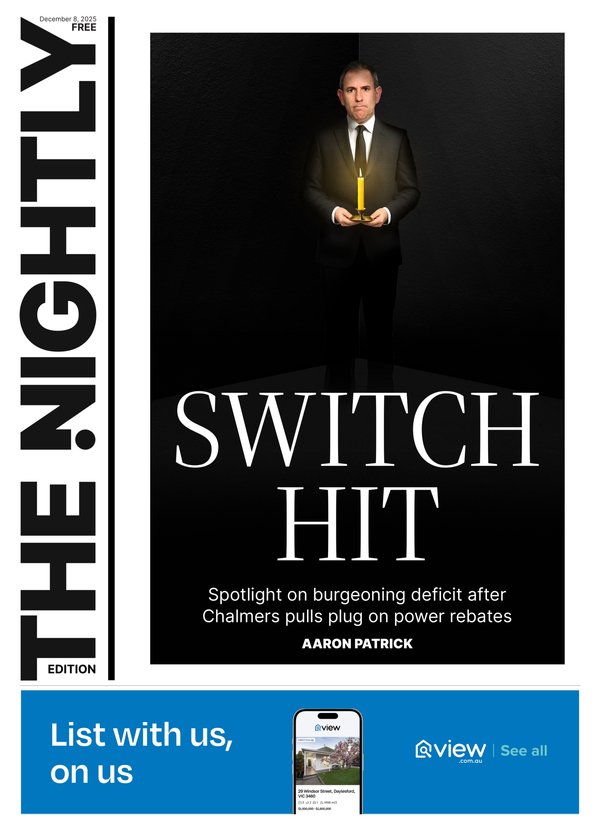Australian public executives paid more than $1 million a year: See the full list

Australia Post chief executive Paul Graham tops a list of 18 Commonwealth agency heads paid more than $1 million as executives at the burdened postal service stood accused of delivering half the work for twice the money.
Mr Graham earned $3.3 million last financial year, including nearly $1.6 million that was a bonus or “at risk” component.
His eight senior executives raked in $14.7m total – $3.7m more than the previous year – and the amount of bonuses almost doubled.
Sign up to The Nightly's newsletters.
Get the first look at the digital newspaper, curated daily stories and breaking headlines delivered to your inbox.
By continuing you agree to our Terms and Privacy Policy.The minister in charge of Australia Post, Anika Wells, admitted it wasn’t the best use of taxpayer money but said setting and vetoing pay was “unfortunately not within my remit”
The Communications Minister hauled the chair of Australia Post in earlier this month to explain the enormous jump in pay after its annual report revealed all of its eight senior executives earned more than $1m.
Another 19 senior Commonwealth executives also earned more than the $1m-mark in the past financial year.
The heads of the Prime Minister’s Department and Treasury would also have been in the million-dollar club except they left their roles after 11 months in June’s reshuffle of top bureaucrats.
The list of the highest-earning public executives can be revealed after analysis by The West Australian of 109 annual reports from Commonwealth departments and entities published for 2024-25
Shadow communications minister Melissa McIntosh said the Australia Post salaries were staggering as deliveries had been cut back to every second day, post offices closed, and stamp prices increased.
The Government’s other communications company – NBN Co – also featured highly among top paid executives, with five of its six key management personnel earning more than $1m.


New NBN Co chief executive Ellie Sweeney came in third, earning $1.9m.
She only started in the job in December, so her annual pay for a full year is likely to be closer to the $2.85m her predecessor Stephen Rue earned.
Ms McIntosh said the “excessive bonuses and inflated wages” for Australia Post and NBN Co were out of control.
“These organisations are run on behalf of taxpayers and Australians expect their postal and internet services to be up to scratch,” she told The Nightly.
“Costs for post and internet services keep going up and up in the middle of this cost of living crisis.
“These executives should get some perspective and make sure their primary focus is on good services delivery for everyday Australians.”
She called on the Government to raise the appropriateness of this level of salary and bonuses with both organisations.
Snowy Hydro boss Dennis Barnes was second on the list, taking home just over $2m, including a $322,504 bonus.
The NSW-based power company is in the middle of building the long-running Snowy Hydro 2.0, which it said in October was yet again facing cost blowouts beyond the $12b already assigned.
The heads of the Future Fund Management Agency, Inland Rail, naval radar makers CEA Technologies, submarine maintenance outfit ASC, the National Intermodal Corporation, the Reserve Bank, and Airservices Australia round out the top 10 earners.

Chief of the Defence Force Admiral David Johnston was paid more than any traditional civil servants for the year, earning $1.17m.
Home Affairs boss Stephanie Foster, Defence Department secretary Greg Moriarty, and the heads of the Education and Employment and Workplace Relations departments, Tony Cook and Natalie James, all also took home more than $1m for the year.
Departmental secretary pay is set by the independent Remuneration Tribunal.
It also sets pay levels for politicians.
Prime Minister Anthony Albanese’s annual pay $622,102, while a backbench MP earns $239,270.
The heads of 21 Commonwealth entities earned bonuses as part of their pay packet for 2024-25.
This included the CSIRO, Screen Australia, the Australian War Memorial, the National Reconstruction Fund and the Army and Air Force Canteen Service.
A spokesperson for Finance Minister Katy Gallagher said decisions about pay were made independently and at arm’s length from the Government.
“Salaries for public sector executives must provide value for taxpayer money, while ensuring the APS and Commonwealth entities can compete with the private sector for talented candidates,” they said.
“A robust system is in place to ensure transparency and accountability for public sector executive pay, including through the independent Remuneration Tribunal and through the Public Governance, Performance and Accountability rules.”

